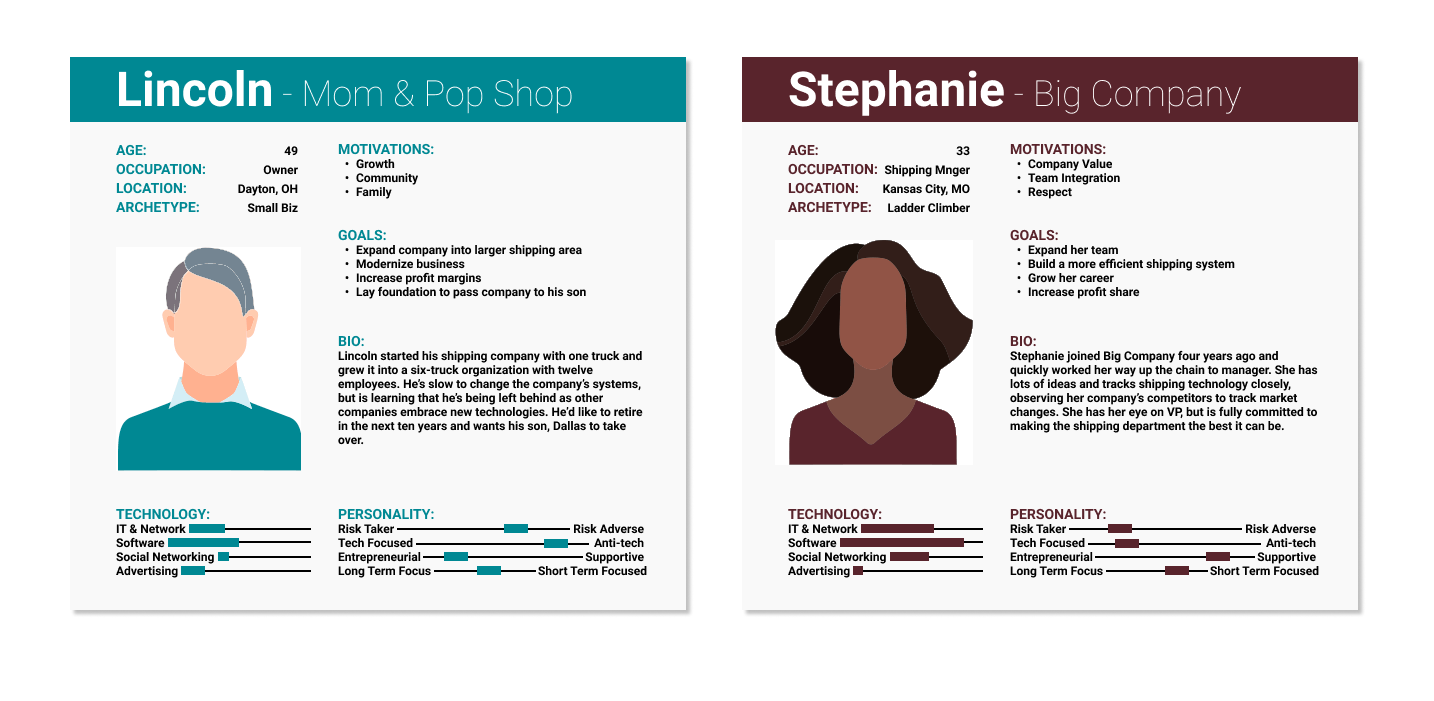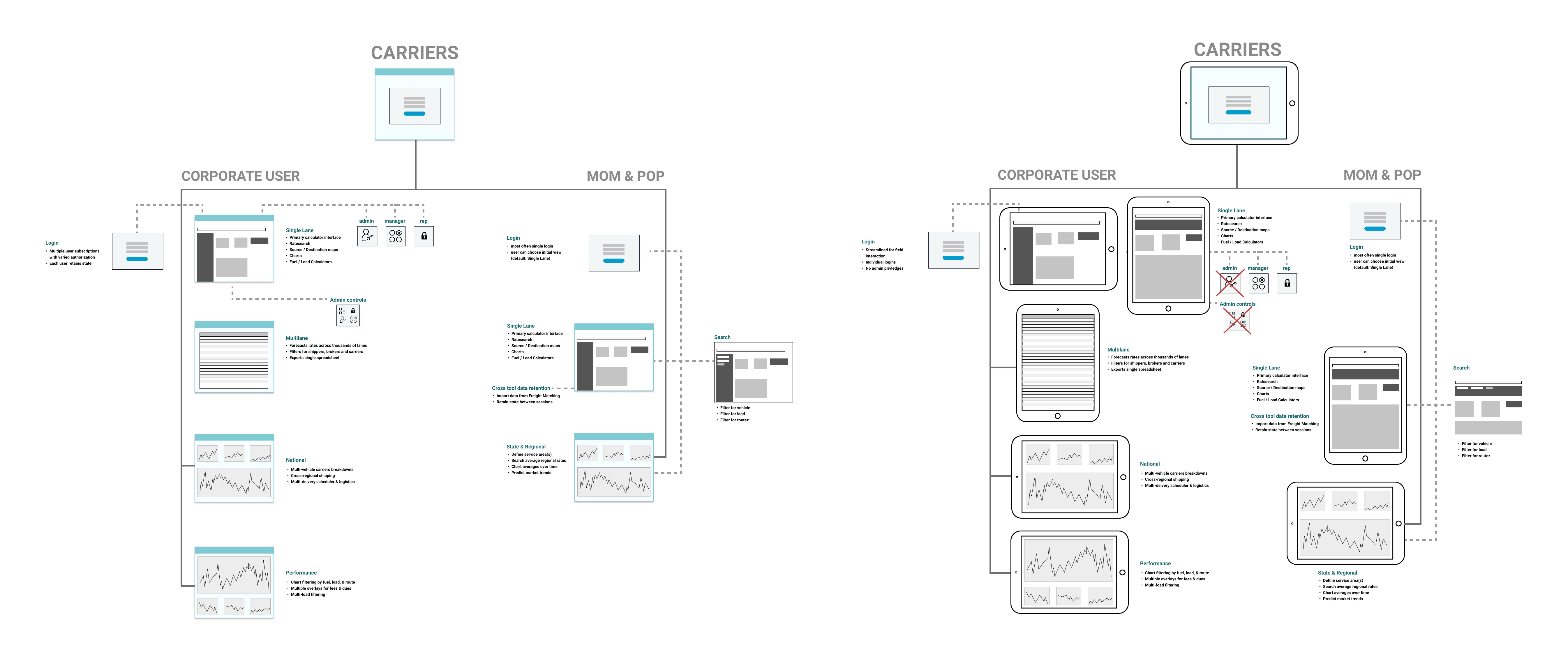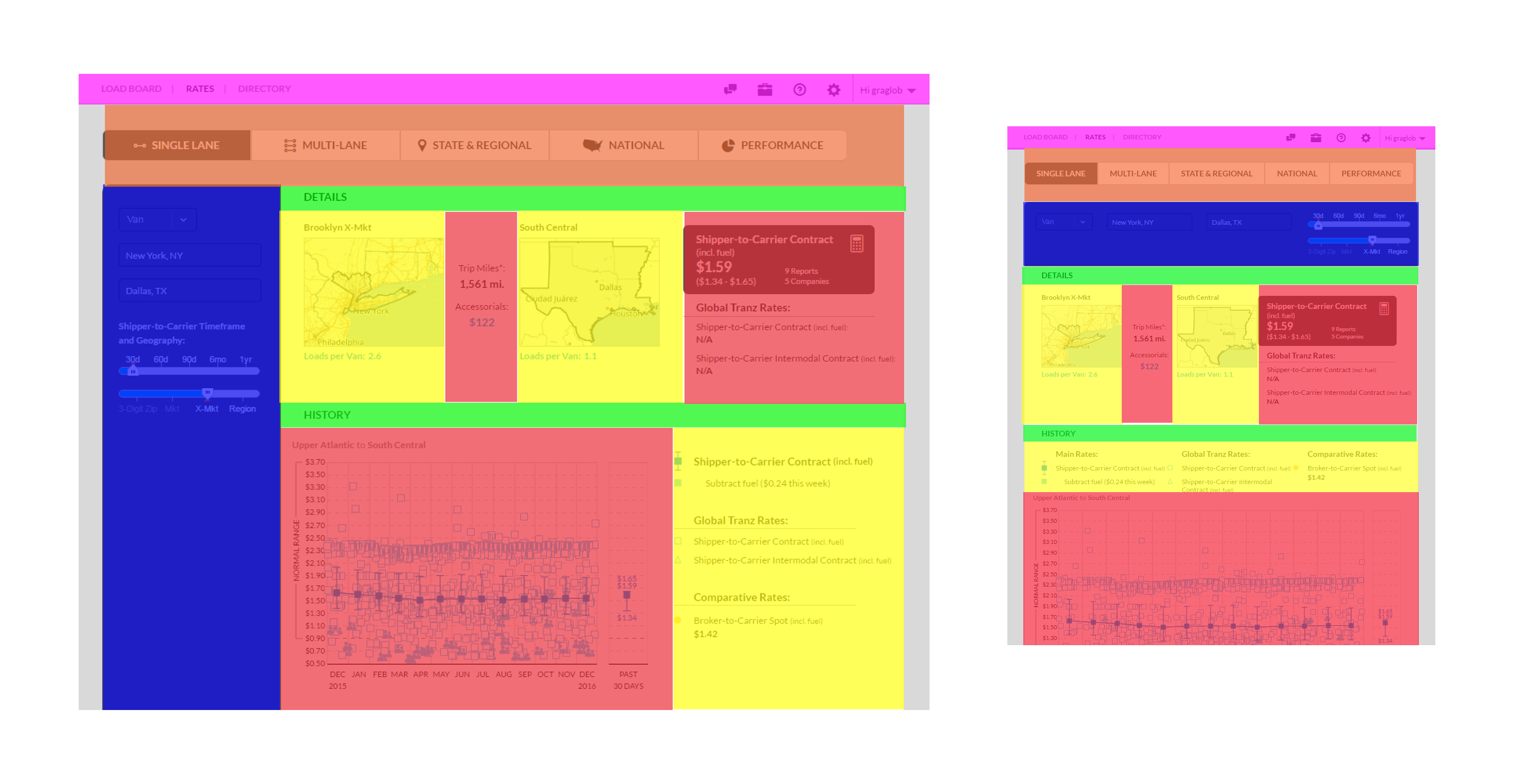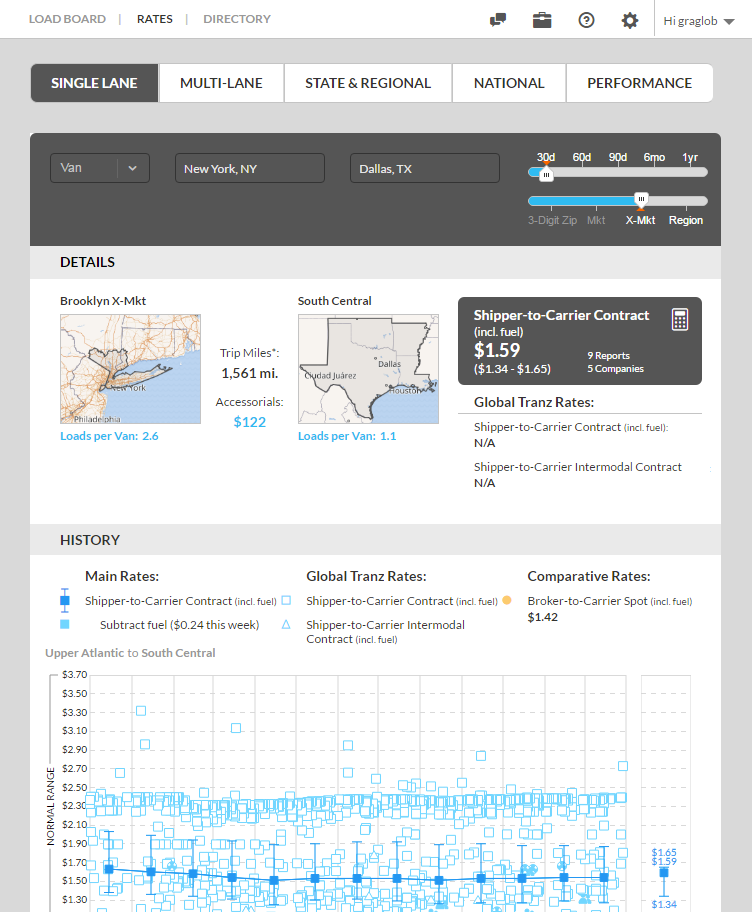



 From there we studied the most common paths users folowed. Before the process of generating stories, I created user flows for each architype (and viewport) to clarify common user patterns and create the most efficient workflow.
From there we studied the most common paths users folowed. Before the process of generating stories, I created user flows for each architype (and viewport) to clarify common user patterns and create the most efficient workflow.







Our clients are ecstatic about the new design. We interviewed users after release and received extremely positive feedback.
I'm heartened to learn that as a team, we can make amazing changes to a design while improving the usability of the product. With careful consideration, we can chage the user's experience without alienating them. By responding to customer concerns about the current product while being respectful of what they like about it, we build customer loyalty.